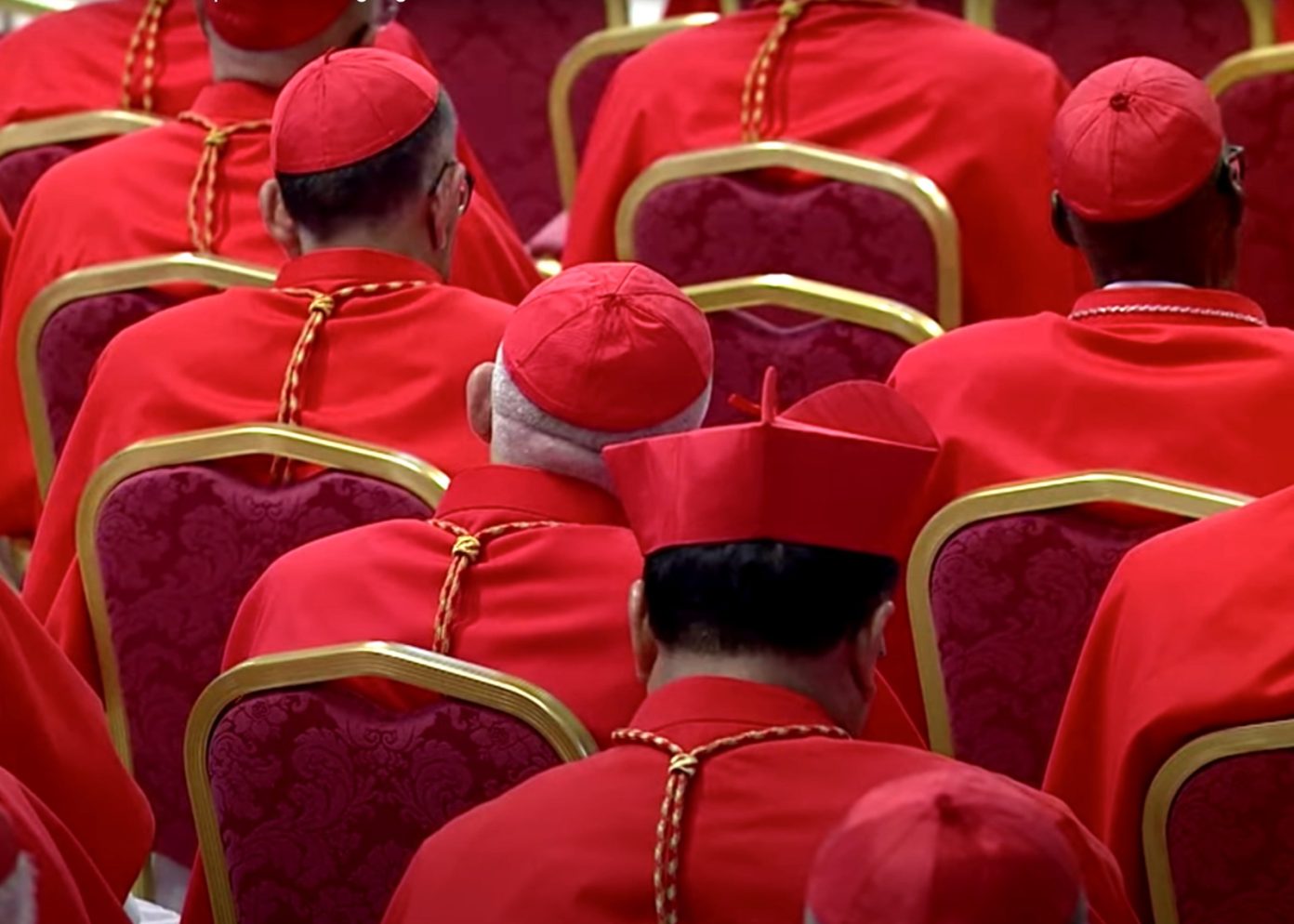With his ninth consistory in 10 years of his pontificate, Pope Francis will lock down his influence on the College of Cardinals for the next conclave, considering the overwhelming majority of cardinals will have been created by him.
As of June 2, there were 121 cardinals with the possibility of entering the conclave. Nine were created by John Paul II, 31 by Benedict XVI, and 81 by Francis. With the 18 new cardinal electors, 99 cardinals created by Pope Francis can enter the conclave to choose the next pope.
Between now and the end of the year, another seven cardinals will turn 80 and lose the possibility of joining the conclave. They are: Giuseppe Versaldi, Angelo Comastri, Patrick D’Rozario, Leonardo Sandri, Andrew Yeom Soo-Jung, Jean Zerbo, and Juan Luis Cipriani Thorne. Of these, only Andrew Yeom Soo-Jung and Jean Zerbo had been created by Pope Francis.
Another 12 cardinals will turn 80 in 2024.
The consistory will be held on Sept. 30. By Oct. 1 there will be 136 cardinal electors and 107 non-electors for 243 cardinals. With this consistory, Pope Francis has “armored” the College of Cardinals for several years with red hats appointed by him.
As was the case with past consistories, typical cardinal sees are missing from the appointments.
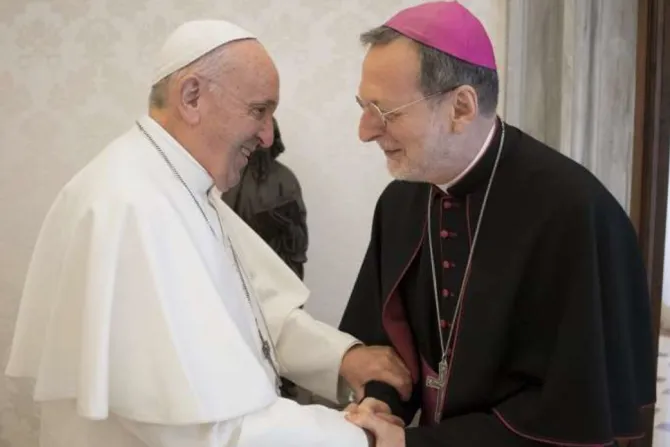
For example, the new archbishop of Brussels-Malines, Luc Terlinden, is missing, although there is the new archbishop of Madrid, Cabo Cano. There are no crucial dioceses, such as Milan and Paris, which aligns with the pope’s tendency not to choose traditionally cardinal dioceses, especially in Europe. But Archbishop Carlos Castillo Mattasoglio, who has led the Archdiocese of Lima in Peru since 2019, is not on the list of new cardinals, either.
The list, therefore, seems to want to show a balance of positions or, in any case, to avoid too many controversies. If there’s a theme central to these new cardinals, it’s the formation of priests and the new evangelization. Fewer guardians of the faith and more shepherds seems to be the guiding principle of Pope Francis’ selection.
Key characteristics
What to look for in a list of new cardinals? First of all, the order of proclamation. Like Pope Francis’ consistory in 2014, the prefect of the Dicastery for the Doctrine of the Faith is the third on the list. At that time, he was preceded by the Vatican secretary of state, first on the list, and by the secretary general of the synod.
This time he is preceded in the list by Archbishop Robert Francis Prevost, prefect of the Dicastery for Bishops, and Archbishop Claudio Gugerotti, prefect of the Dicastery for the Eastern Churches. These are essential signals: After the appointment of the new rector of the Roman Major Seminary with a particular focus on the formation of the clergy, Pope Francis gives crucial importance to the selection of new bishops. It is a sign of how he wants to accelerate his reform to change the mentality of the sacred college, placing attention on good shepherds rather than institutional appointments.
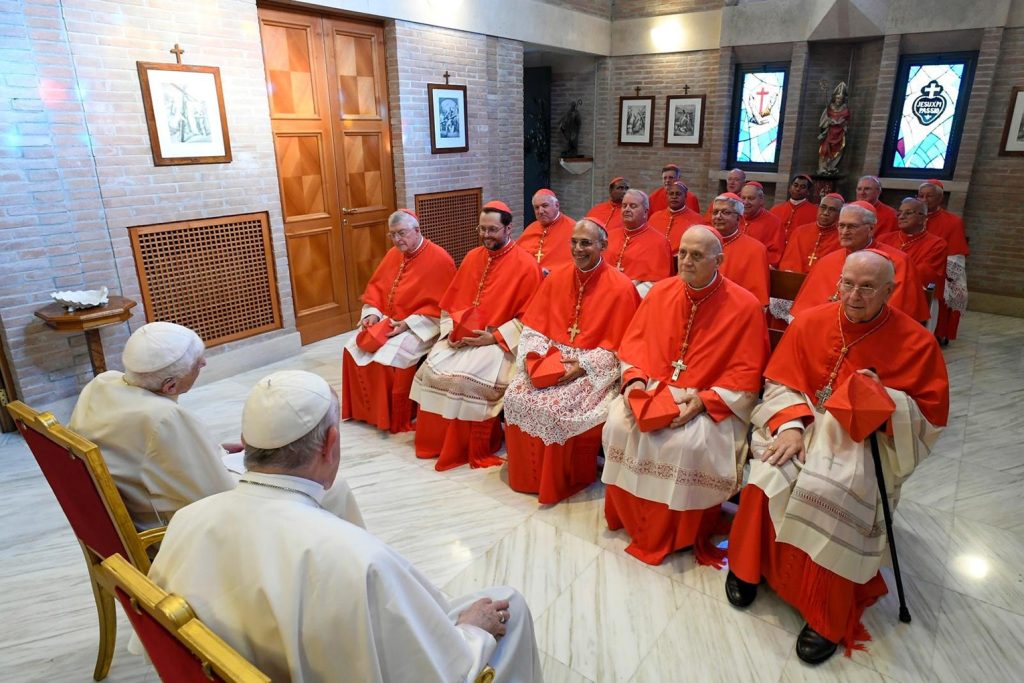
Gugerotti’s creation as cardinal was a foregone conclusion due to his position in the Curia. However, it also takes on a symbolic meaning. Gugerotti was nuncio to Ukraine and Belarus, where he also served as the pope’s envoy in the problematic situation that led to the de facto exile of the then archbishop of Minsk, Tadeusz Kondrusiewicz, in 2021. And, above all, he knows the Russian world well. He is a bridge, and a crucial bridge, in a difficult situation.
No. 4 and No. 5 on the list are two apostolic nuncios: Archbishop Emil Paul Tscherrig, nuncio to Italy, and Archbishop Christophe Pierre, nuncio to the United States. Both are over 75, but this does not mean retirement is automatic because a nuncio stays as long as the pope wants. With these choices, the pope seems to give attention to the diplomatic world, but also notable is the elevated role these men are likely to have in the choosing new bishops for their countries. After all, the episcopates in the United States and Italy have been profoundly reshaped by Pope Francis’ appointments and his nuncios, who are the first ones entitled to select and propose candidates.
As always, Pope Francis also includes unexpected appointments. Among the new red hats is the Latin Patriarch of Jerusalem, Pierbattista Pizzaballa. From memory, it is the first time in history that a Latin Patriarch has been created a cardinal. There is also the archbishop of Bogota, Luis Josè Rueda Patricio, the new archbishop of Madrid, José Cobo Cano, and the bishop of Hong Kong, Stephen Chow Sau-Yan, even though Hong Kong, with rare exceptions, always has had a cardinal at the helm. Among other things, Chow’s red hat seems to indicate the Holy See’s willingness to continue dialogue with China while maintaining a strong position on some issues.
It should not be forgotten that Chow visited the Archdiocese of Beijing in April at the invitation of Archbishop Li Shan, a significant fact that signals an ongoing dialogue. Chow invited Archbishop Li Shan to return the visit, thus carrying forward this path of “union” within the Chinese episcopate.
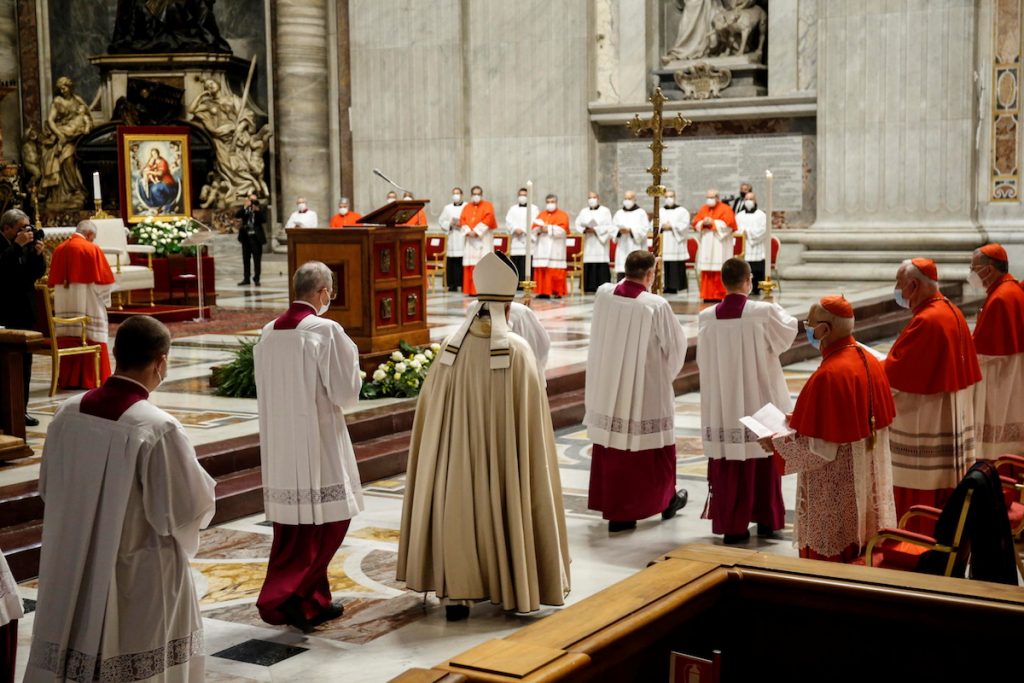
Representativeness
Then, however, Pope Francis also uses the criterion of representativeness: From South Africa, he draws the archbishop of Cape Town, Stephen Brislin, as cardinal, and from Malaysia, the bishop of Penang, Sebastian Francis.
Archbishop Protase Rugambwa brings a second representative of Tanzania to the College of Cardinals after the archbishop of Dar Es Salaam Polycarp Pengo, also created by Pope Francis. Since April, the former secretary of the Congregation for the Evangelization of Peoples has been appointed coadjutor archbishop of Tabora. Archbishop Paul Runaganza Kizoka currently heads Tabora, and Rugambwa had already succeeded him in 2008 when he took over as bishop of Kigoma.
Let’s take a look at the numbers:
- Starting from the consistory of Sept. 30, Europe rises to 115 cardinals from 105 today.
- North America goes from 26 to 27.
- South America goes to 29 from the starting 24.
- Asia passes from 30 to 32.
- Africa finally increases from 24 to 27 cardinals.
Italy will still be the most represented nation, with 52 cardinals, of which only 17 are electors; Spain will have 15, of which nine are under 80; France eight, including six electors; Portugal six, including four electors; Poland five, including four electors; Switzerland two, both electors; the United States 17, including 11 voters; Argentina seven, of which four are voters; Colombia four, including one elector; Venezuela two, including one elector; China three, including one voter; Malaysia one, an elector; Tanzania two, both electors, and South Africa two, including one elector; South Sudan one, an elector.
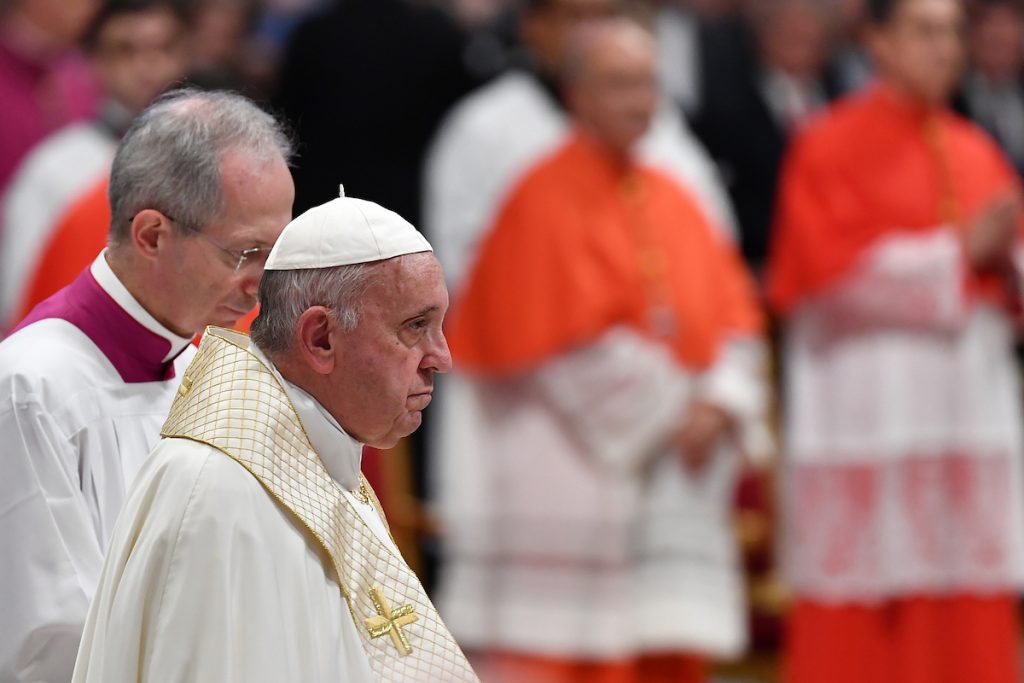
The remediation cardinals
The slightly unexpected appointment of the archbishop of Córdoba, Ángel Sixto Rossi, as cardinal also gives dignity to a diocese in which the pope had spent the period following his role as provincial of the Jesuits in the 1980s — an exile, according to several biographers. And perhaps this is the cardinal’s appointment that seeks to offer some reparation with the past, as there has been in every consistory of Pope Francis before.
Like the former nuncio to Belgium, Karl-Josef Rauber, who was the one who did not want André-Joseph Leonard to be appointed archbishop of Brussels (and in fact, Pope Francis did not create him a cardinal but gave the biretta to his successor, Jozef de Kesel), or the red hat shown to Archbishop Michael Fitzgerald, whom Benedict XVI had sent as nuncio to Egypt when his promotion to head of a dicastery seemed natural because the pope did not share his vision of dialogue with other faiths. Or, again, Enrico Feroci was created as a cardinal, whom Cardinal Camillo Ruini had never wanted to promote as a bishop.
Priestly formation, new evangelization
The appointment of the bishop of Ajaccio François-Xavier Bustillo is not striking. Pope Francis donated his book “Witnesses, Not Officials: The Priest within the Change of Era” at the end of the chrism Mass on Holy Thursday 2022.
Instead, by appointing the archbishop of Juba, Stephen Ameyu Martin Mulla, Pope Francis confirms his desire to give the dignity of cardinal to bishops who find themselves in difficult war zones.
From Eastern Europe, a Polish cardinal finally arrives, the first of Francis’ pontificate: Grzegorz Ryś, archbishop of Łódź. He was an auxiliary in Krakow, where he is generally considered progressive, but above all, he is an outstanding preacher with a particular interest in the themes of the new evangelization and ecumenism. He is in line with the themes of Pope Francis’ pontificate but not progressive in the sense in which many say. Rumors say he is close to becoming archbishop of Krakow when Archbishop Marek Jędraszewski retires in two years.
The red biretta to the auxiliary bishop of Lisbon, Américo Manuel Alves Aguiar, is not only a recognition for the next World Youth Day in Lisbon, of which he is the organizer, but also a signal of direction that the pope wants to give to the clergy of Portugal and an appreciation of the initiatives of Aguiar, with whom there is good harmony. Among other things, Aguiar is organizing a surprise event among young Russians and Ukrainians that the pope cannot fail to appreciate after the signals he gave in the Via Crucis at the Colosseum in 2022, when two women, a Russian and a Ukrainian, bore the cross, and again in 2023, when the text for one of the stations featured testimonies from people in both countries.
He strikes a new chord again when he assigned the red hat to Father Ángel Fernández Artime, rector major of the Salesians. This seems to be a signal that he wants to emphasize the Salesian charism of formation and catechesis to the youth.
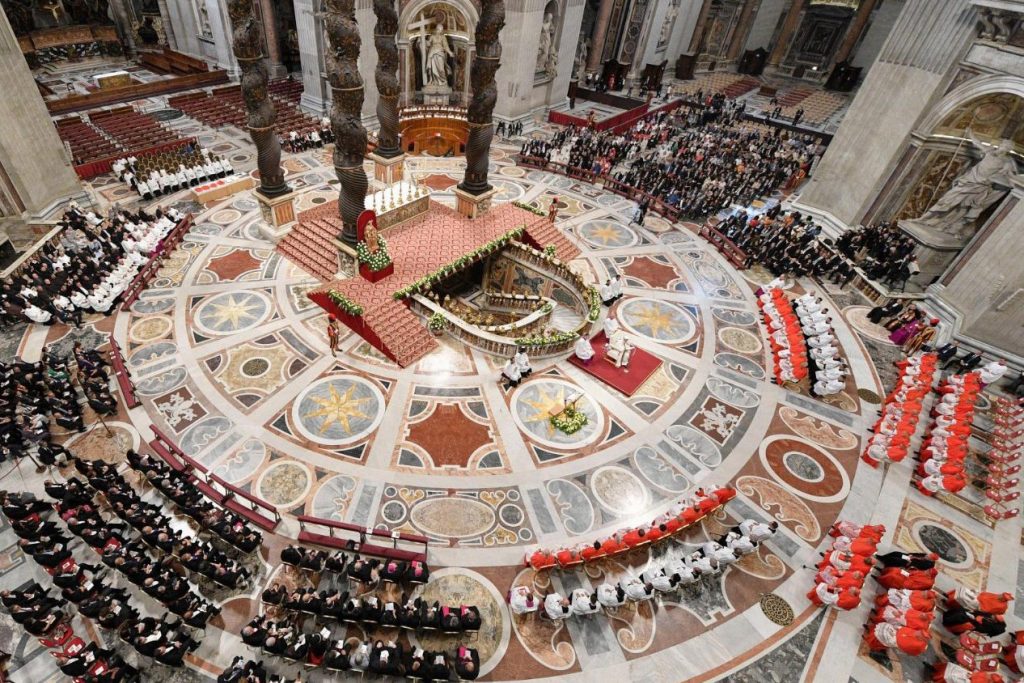
Cardinals not eligible to vote
Finally, there are the non-elector cardinals. Pope Francis gives the red hat to Archbishop Agostino Marchetto, apostolic nuncio, who has distinguished himself for detailed historical work on the Second Vatican Council. Marchetto supports the hermeneutic of continuity in interpreting what he calls “the Great Council.” Pope Francis in 2013 defined him as the “best interpreter” of the council. Giving him the red hat also means wanting to indirectly underline that all the pope’s work wants to be in continuity with the council. But it may also be a response to those who see a fundamental rupture in the choices of Pope Francis.
The pope then chooses Diego Rafael Padron Sanchez, archbishop emeritus of Cumanà, Venezuela, who retired in 2018. But, above all, he makes a cardinal confessor: Father Luis Pascual Dri, confessor in the Shrine of Our Lady of Pompeii, Buenos Aires. The latter has been posed several times as an example by Pope Francis: He is 96 years old, has practically lived in the confessional since he retired in 2007, and is the Capuchin that the pope has mentioned on many occasions. He said that Dri always had the scruple of having “forgiven too much.”
Mercy is a central theme in this consistory: After the letter to the new prefect of the Dicastery for the Doctrine of the Faith, Archbishop Víctor Manuel Fernández Fernandez, in which he underlined that “any theological conception that questions the omnipotence of God and especially his mercy” is inadequate, now the pope gives the red biretta to a Capuchin who made this expression concrete.
Ultimately, this consistory will be more part of Pope Francis’ legacy than any of the other nine consistories the pope has held during his pontificate.

